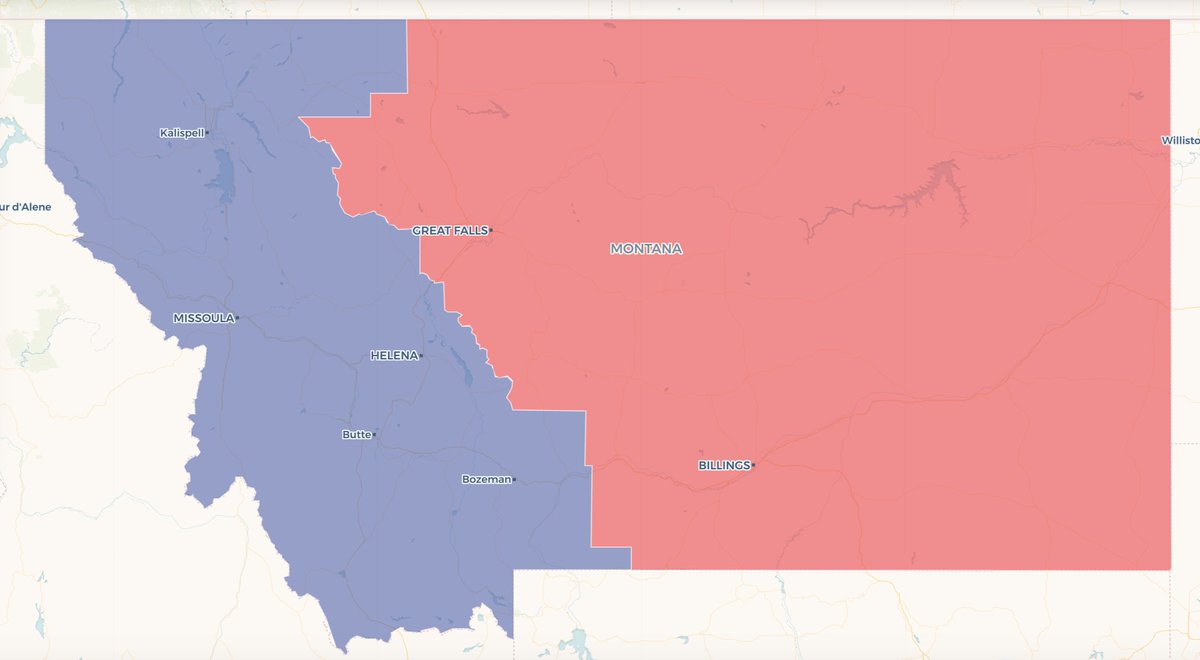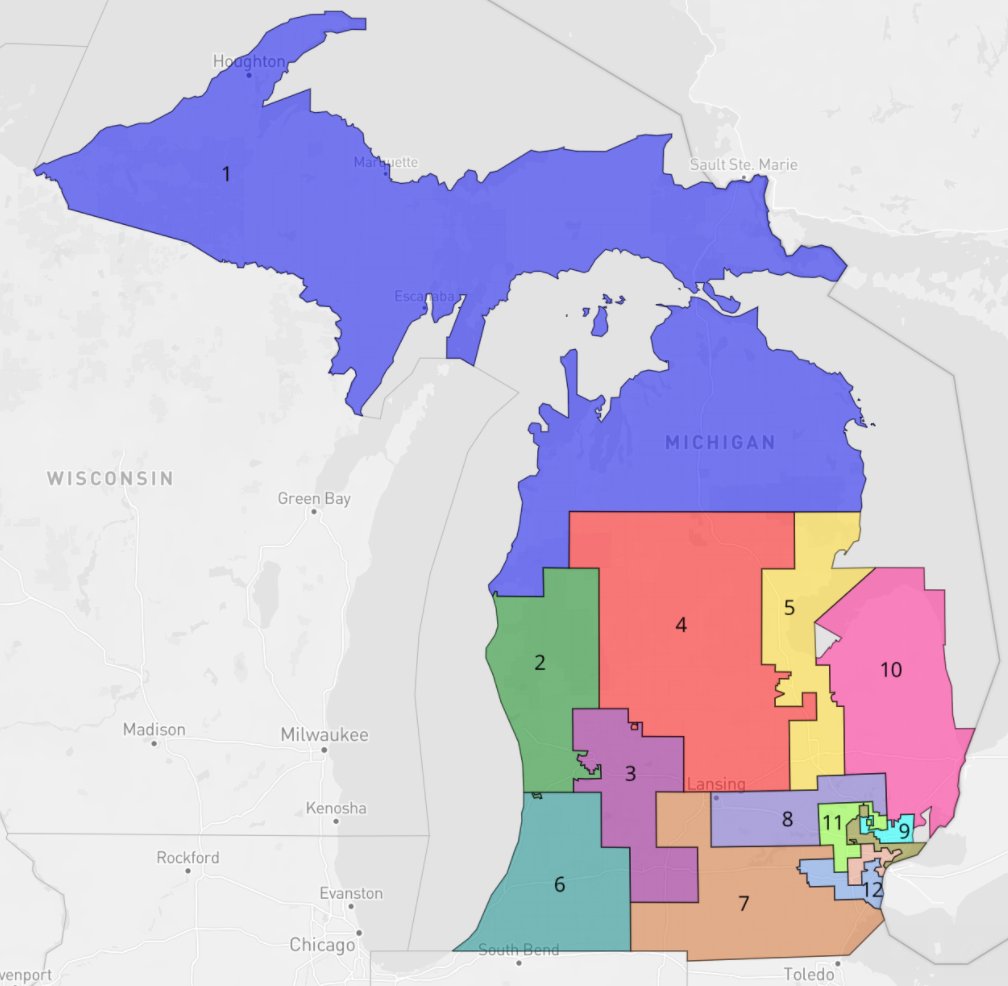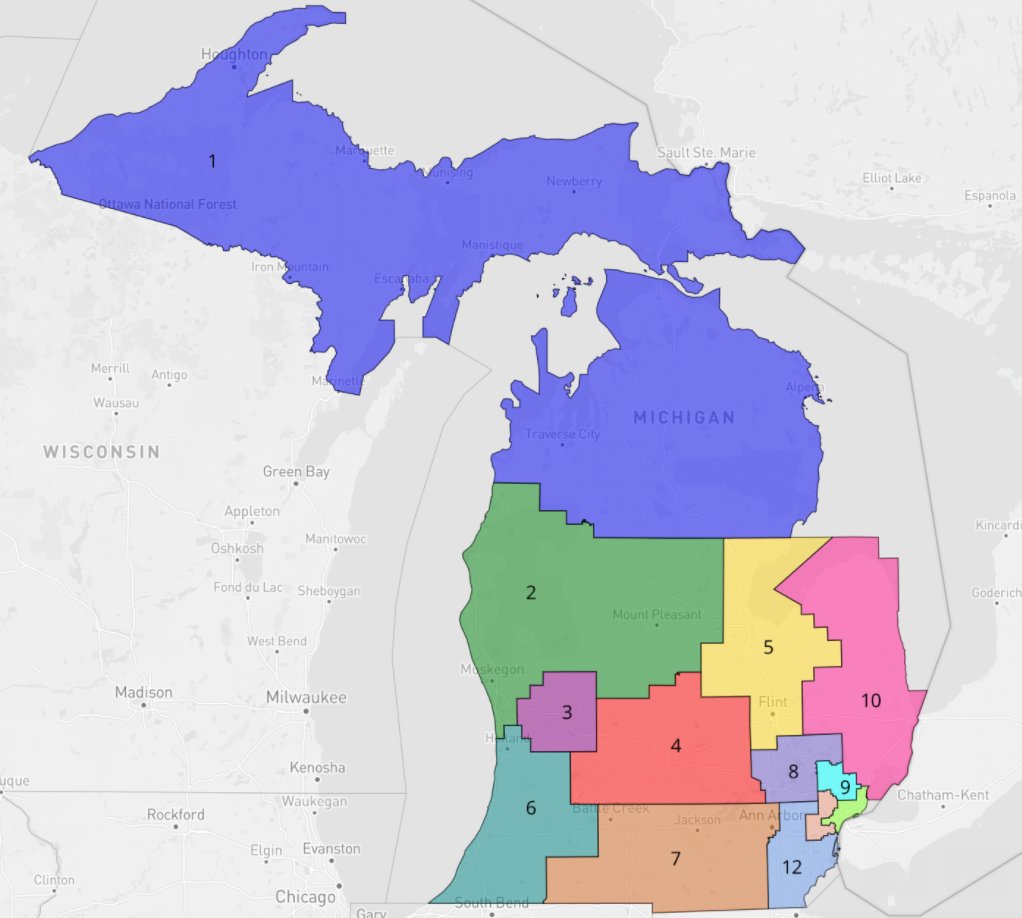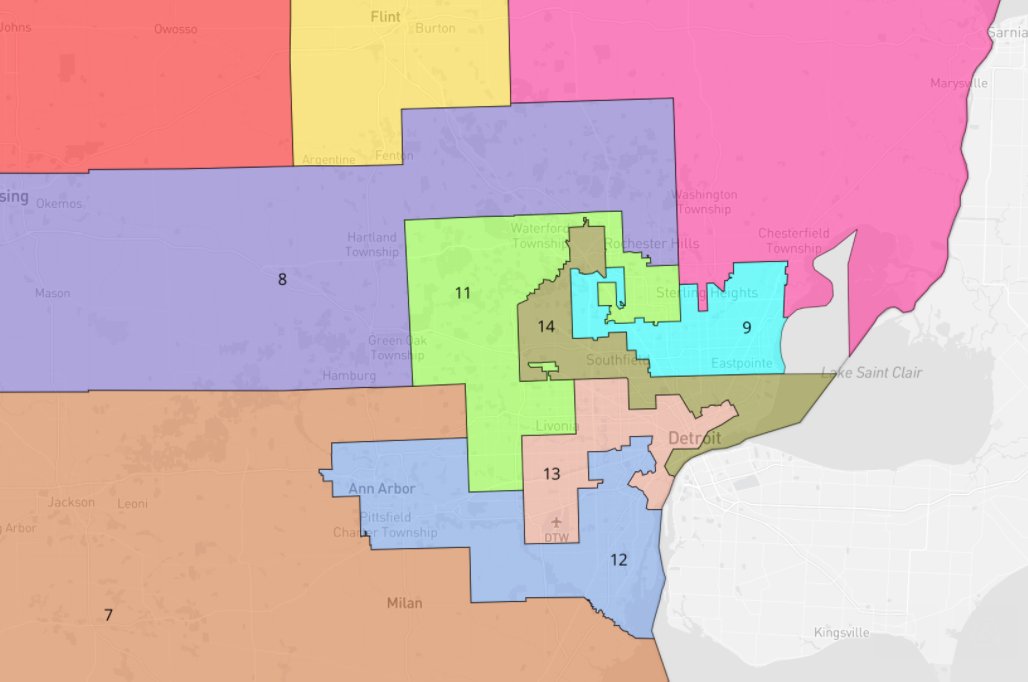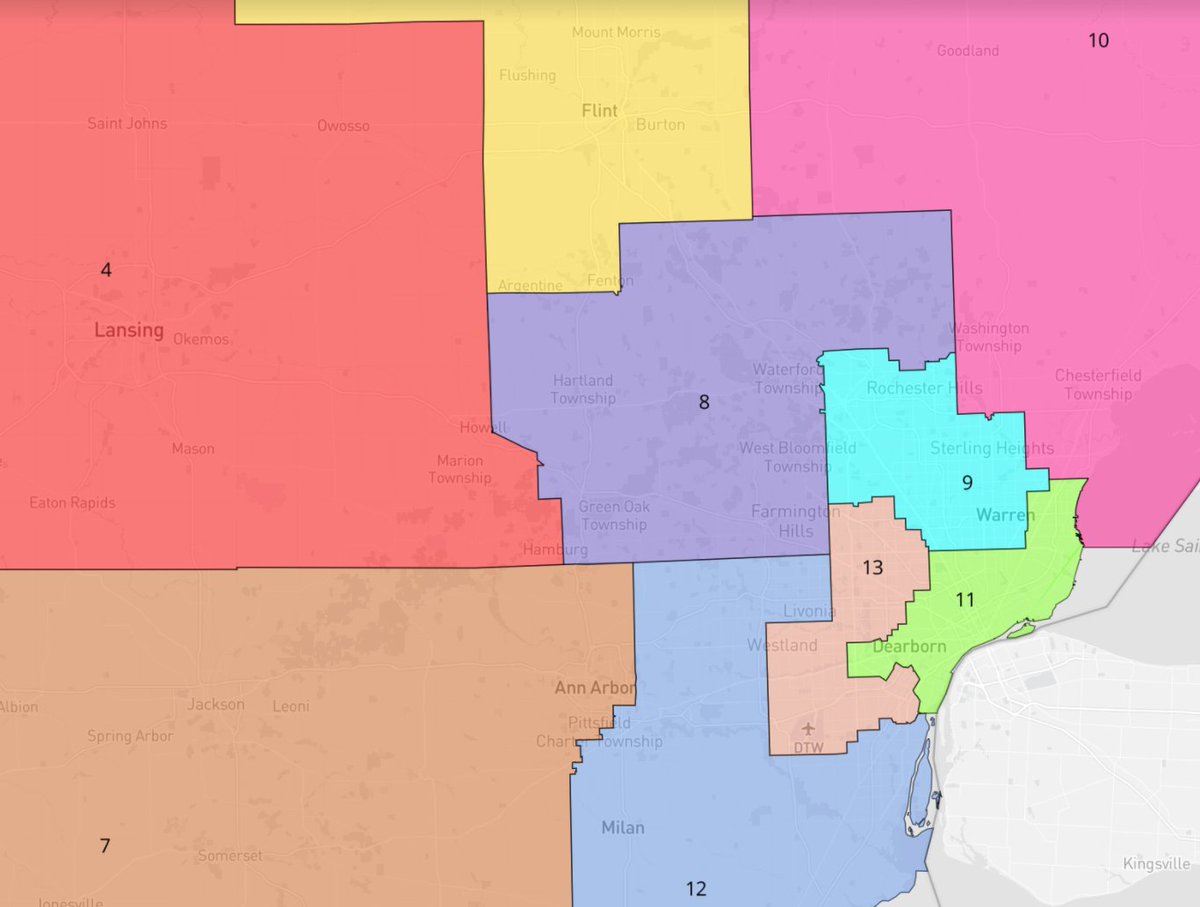
NEVADA: Dems hold a 3D-1R lead in House seats and control redistricting here for the first time ever. But they'll need to shore up #NV03 and #NV04 in the Las Vegas suburbs, both of which they held by <5 pts in 2020. 

The easiest way to do that? Shift heavily GOP parts of Henderson & Centennial Hills into the downtown Las Vegas #NV01 (Biden +25, left) - which would make both #NV03 and #NV04 about 5 pts bluer (right) while #NV01 would remain safe. 



The only complication? Hispanic state legislators might object to reducing the Latino % in #NV01, where former state Sen. Yvanna Cancela (D) is expected to run when Rep. Dina Titus (D) decides to leave.
In the hypothetical above (right), #NV01's Latino share would remain >40%.
In the hypothetical above (right), #NV01's Latino share would remain >40%.
An alternative? Dems could stretch one of the suburban Las Vegas seats to Reno and pack more GOP parts of Clark Co. into a district w/ the rural Cow Counties. But tbh, I'm not sure the net D performance boost would be worth the contortions.
• • •
Missing some Tweet in this thread? You can try to
force a refresh




